Abstract:
Background: Obesity is a leading driver of chronic disease and premature mortality worldwide. The United States has some of the most robust surveillance systems for monitoring obesity trends, providing timely insights that can inform both domestic and global strategies. In 2023, the Centers for Disease Control and Prevention (CDC) released updated Behavioral Risk Factor Surveillance System (BRFSS) estimates, offering the most current data on adult obesity prevalence across all 50 states and territories. These data present an opportunity to examine geographic, racial/ethnic, and socioeconomic disparities that may inform targeted interventions and global policy discussions.
Methods: We analyzed BRFSS 2023 data to assess state- and regional-level obesity prevalence among U.S. adults aged ≥18 years, defined as body mass index (BMI) ≥30 kg/m². Prevalence estimates were stratified by geography, race/ethnicity, and education level to explore disparities. Weighted analyses were used to ensure national representativeness.
Results: In 2023, adult obesity prevalence exceeded 20% in every U.S. state and territory. The Midwest (36.0%) and South (34.7%) reported the highest rates, while the West (29.1%) and Northeast (28.6%) had comparatively lower prevalence. Three states—Arkansas, Mississippi, and West Virginia—exceeded 40%. Disparities were substantial: obesity prevalence was ≥35% among non-Hispanic Black adults in 38 regions, Hispanic adults in 34 regions, and American Indian/Alaska Native adults in 30 regions. By contrast, no states reported prevalence ≥35% among non-Hispanic Asian adults. Education gradients were observed, with prevalence ranging from 36.5% among adults without a high school diploma to 27.1% among college graduates.
Conclusions: The 2023 CDC data confirm that obesity remains highly prevalent in the United States, with striking geographic and demographic disparities. These findings emphasize the need for equity-focused, community-driven interventions and illustrate how surveillance data can guide resource allocation and policy development. Globally, the U.S. experience highlights the importance of monitoring social determinants of health, addressing systemic inequities, and tailoring prevention strategies to diverse populations. As obesity continues to rise worldwide, lessons from U.S. data can help inform international prevention and weight management efforts, particularly in countries facing widening disparities in health outcomes.




